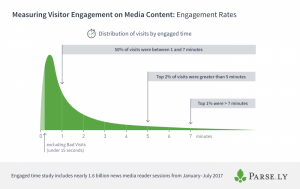Every single aspect of a brand is important when it comes to upholding its carefully crafted identity. Whether it’s the tagline, logo, website graphics or tenor of the marketing copy—all of it must roll up into one cohesive brand voice. However, highly conceptual and creative elements can’t always be translated word for word, because there’s often no direct equivalent in the target country.
As stressful as this might seem—enough to make you want to double up on your yoga practice—there’s actually a solution. It starts with transcreation: re-creating marketing copy so that it resonates with the target audience.
Transcreating product descriptions
This was the case with a leading producer and marketer of lifestyle media and fitness accessories when they did their first website translation projects.
They have hundreds of products on their website, from yoga mats and blocks to balance balls and clothing. They decided to translate certain product descriptions into Spanish, among other languages, to better connect with those audiences.
One of their product colors in English is robin’s egg blue. But robins aren’t as common in Spain as they are in the U.S.—which means that particular color shade isn’t the best to use for that locale.
They couldn’t just call it “blue” either, because the creatively named color shade is part of the brand’s overall personality.
So the global language service teams working with the company brought in transcreation specialists. The transcreation resources were in-country marketing linguists. Their knowledge of Spain’s culture led them to suggest a resident bird that lays eggs in a similar light blue color. It was ideal for local customers who expect a personalized experience on the company website.

3 transcreation tips to stretch your global presence
- Transcreation can be a very subjective process. Together with in-country language teams, create the tone of voice and communication style for your products and brand that you want to achieve in each local market.
- Consider creating a terminology list that flags idioms, puns and potential product names or descriptions that have no direct equivalent in your target market.
- Support this creative process by supplying the creative brief for the product or campaign and any visual mockups you have.
Are you involved with your company’s global website?
Lend your opinion to this survey on website translation.
(283)








